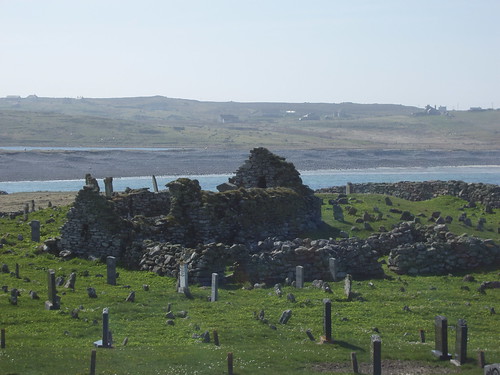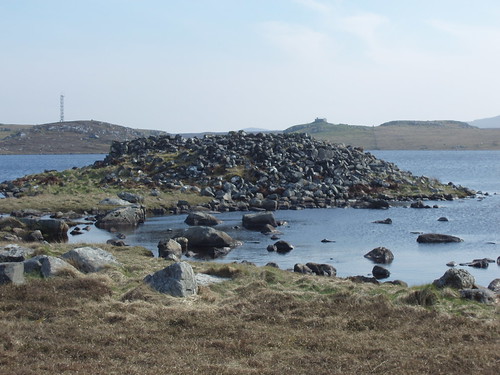Brilliantly sunny today and not a cloud in the sky. Not terribly warm though, only 11 degrees / 52F. The sea surrounding this island is not very warm at all, so no great surprises there.
Today, a memorial service will be held at Aberdeen's St Nicholas Kirk for the sixteen men who died two weeks ago off Peterhead. Their helicopter suffered a catastrophic gearbox failure, causing it to lose its rotorblades which in turned sheared off the rear of the aircraft. It crashed into the sea some 14 miles from land, from an altitude of 2,200 feet. One of the casualties was from Latvia; the others were British, with the majority from northeastern Scotland. The service will be relayed via Radio Scotland on 810 kHz mediumwave, BBC2 Scotland and on-line.
Tomorrow will see the 263rd anniversary of the Battle of Culloden, in which Prince Charles Edward's bid to take the British Crown was finally crushed. Culloden is a turning point in Scottish history, marking the demise of the clan system (which was already on the way out) and the start of a vigorous repression of Gaelic culture in the north and northwest of Scotland. A group of enthusiasts are reenacting the retreat, which you can follow on Twitter via @nightmarch.
Prince Charles Edward, also known as Bonnie Prince Charlie, is a revered figure in certain quarters of Scotland. I am not going to beat about the bush in my negative opinion of the Young Pretender. He was very ill advised to proceed with his adventure, which was executed with a good degree of military ineptitude. I will say that if he had had the guts to proceed beyond Derby (that's where he wimped out), he just might have made it to London. At which point, his supply lines would have been cut off. His flight round the highlands and islands, looking for any boat to whisk him back to Paris should be an object of shame. He came to Stornoway in June 1746, to Kildun Cottage - which stood within the line of sight of my position - to ask for help. He was asked to leave. The burghers of Stornoway would not betray him, but could not help him either. Kildun Cottage was pulled down in the early 1970s to make way for the current Fabrication Yard.





